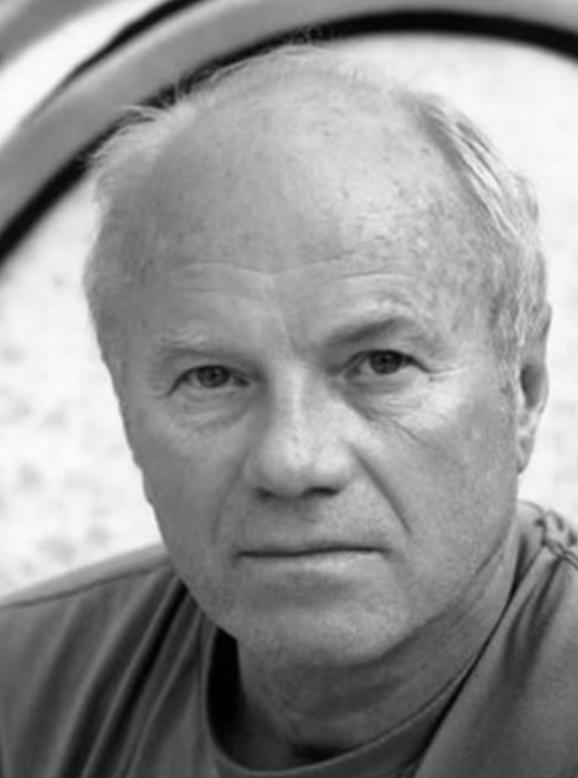 A leader of 1960’s pop art, James Rosenquist was born in Grand Forks, North Dakota in 1933. After his family moved to Minneapolis, he studied art at both the Minneapolis School of Art and the University of Minnesota. Upon receiving a scholarship to the Art Students League in 1955, Rosenquist moved to New York City. Although he left the school after only a year, he painted billboards across the city before renting a studio space in Manhattan in 1960 where he developed his own artistic career. Rosenquist had his first solo show at the Green Gallery in New York in 1962 and achieved international acclaim with his room-scale painting, F-111 in 1965. Subsequently, Rosenquist has been honored throughout his extensive career. In 1978, he was appointed to a six-year term on the Board of the National Council of the Arts. More recently in 2002, he was given the Fundacion Cristobal Gabarron’s annual international award for art in recognition of his contributions to universal culture. Rosenquist’s work continues to evolve and influence contemporary artists.
A leader of 1960’s pop art, James Rosenquist was born in Grand Forks, North Dakota in 1933. After his family moved to Minneapolis, he studied art at both the Minneapolis School of Art and the University of Minnesota. Upon receiving a scholarship to the Art Students League in 1955, Rosenquist moved to New York City. Although he left the school after only a year, he painted billboards across the city before renting a studio space in Manhattan in 1960 where he developed his own artistic career. Rosenquist had his first solo show at the Green Gallery in New York in 1962 and achieved international acclaim with his room-scale painting, F-111 in 1965. Subsequently, Rosenquist has been honored throughout his extensive career. In 1978, he was appointed to a six-year term on the Board of the National Council of the Arts. More recently in 2002, he was given the Fundacion Cristobal Gabarron’s annual international award for art in recognition of his contributions to universal culture. Rosenquist’s work continues to evolve and influence contemporary artists.
Rosenquist’s billboard painting served as the basis for his visual language, often adapted from advertising and pop culture. His work demonstrates a clear interest in deliberate color, line, and shape. However much of his work fragments and overlaps disproportionate images to abstract banal objects such as laundry detergent. Effectively, Rosenquist’s work confronts the viewer in unexpected ways, pushing them to reconsider consumer culture. Although primarily a painter, Rosenquist also produced numerous prints, drawings, and collages. In fact, his 1992 print Time Dust is cited as the world’s largest print in the world at 7 x 35 feet. Today, he continues to work and execute large-scale commissions including his three-painting suite The Swimmer in the Econo-mist for Deutsche Guggenheim 1998.

